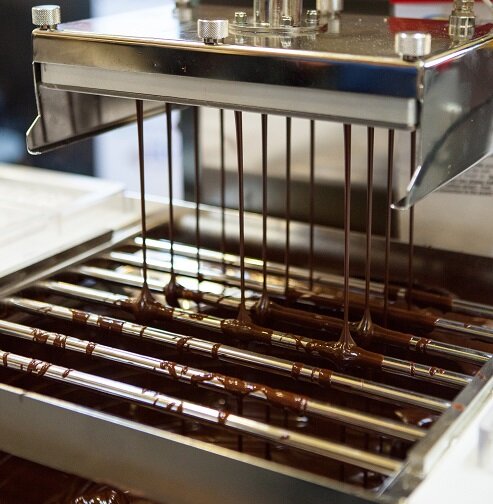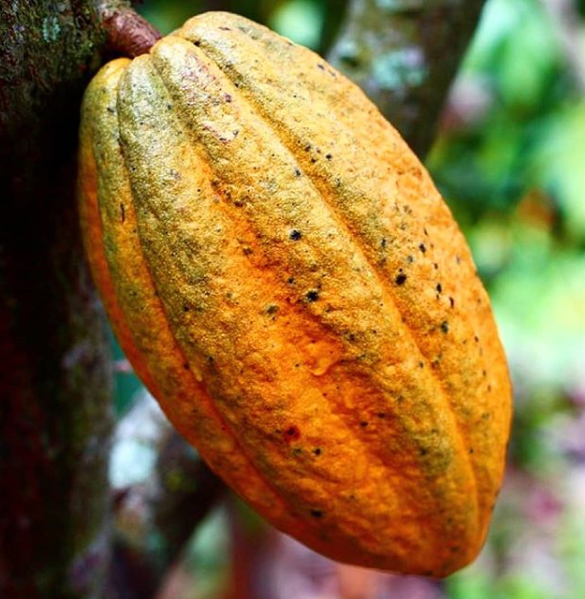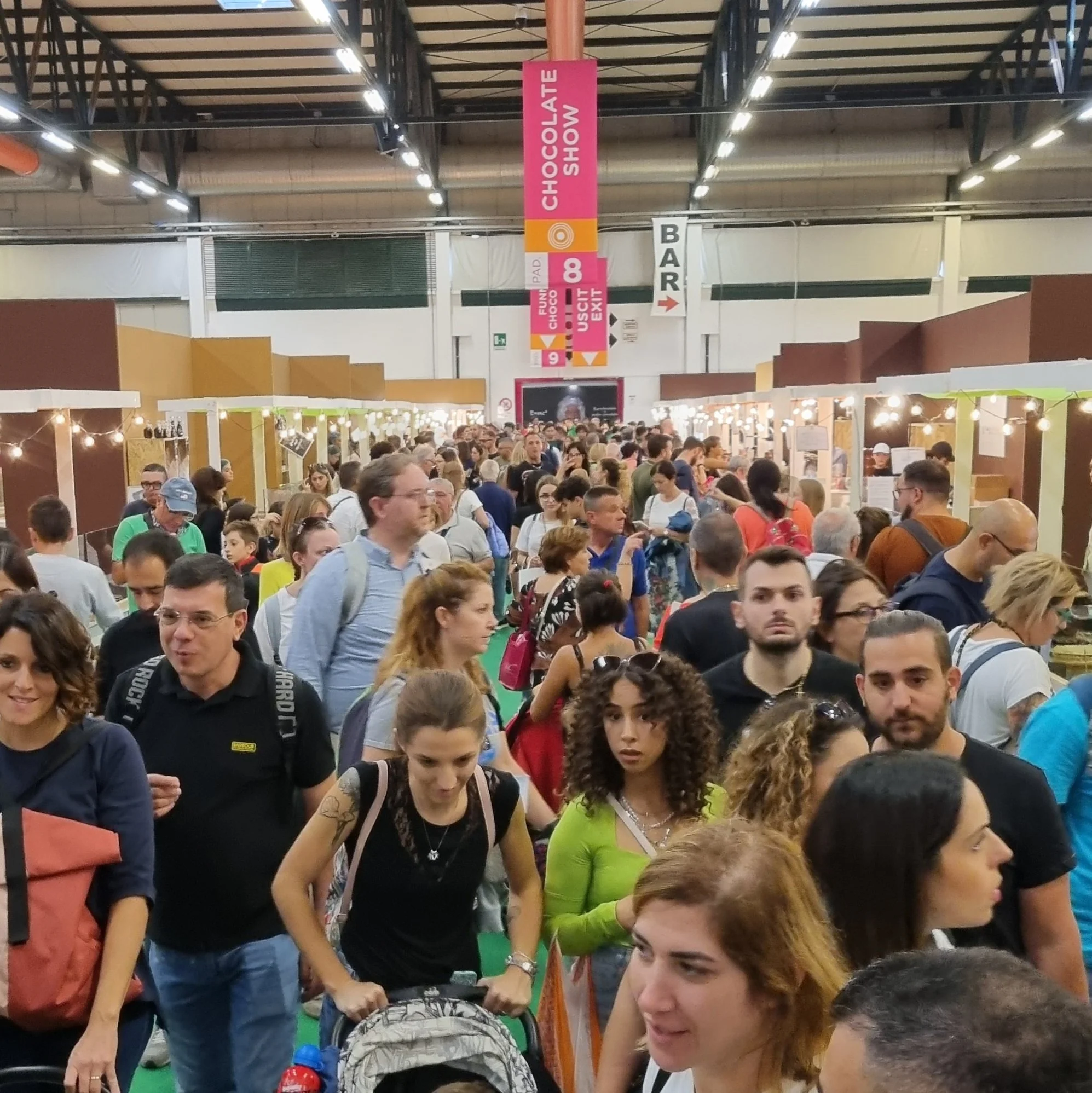A SWOT Analysis Of The Craft Chocolate Industry
What is a SWOT analysis?
In the marketing field, the SWOT analysis is a tool that allows a business to figure out its internal Strengths and Weaknesses, as well as its external Opportunities and Threats. On one side, the company becomes aware of its advantages and disadvantages compared to the competition. On the other side, the company can take important decisions based on the real opportunities and threats from the market.
Let’s face it: the craft chocolate industry doesn't appreciate marketing. This is often considered a way to make up for a mediocre product. From the Mast Brothers scandal to the new Ruby Chocolate launched by Callebaut, it’s clear how marketing can bring you a long way even without a brilliant product. But Marketing doesn’t necessarily have to mask a bad product or sell consumers things they don’t need.
Marketing is meant to explore consumers’ needs and behaviors, so that a business can find the most effective ways to communicate the strengths and positive values of its products. The ethical or unethical way in which certain companies use marketing is entirely up to them.
In the craft chocolate industry, the mantra is “produce, produce, produce!”. Profit margins are tight, and those engines need to run like there is no tomorrow! But it might be a good idea to stop those engines for a second and take a moment to analyze what’s happening at a macro level in the market.
How does a SWOT analysis of the craft chocolate industry look like?
Therefore, let’s dive into a SWOT analysis of the craft chocolate industry in 2018.
STRENGTHS
In a SWOT analysis, the Strengths are the characteristics of the business that give it an advantage over others.
Relative to the craft chocolate industry, we can identify the following strengths:
Consumers are craving quality in their food.
In today’s food market there is an abundance of foods that are considered nutritionally-empty, of doubtful origin and made with questionable ingredients. Ironically enough, this is bringing consumers to the opposite direction: they now look for quality more than they have ever done in the past. Consumers are religiously checking ingredients list, looking for traceable supply chains and rewarding transparency in a brand.
Craft chocolate (the one made without shortcuts and by expert hands) perfectly satisfies this demand. The flavorful chocolate, the luxury packaging, the faces behind the bar, the health benefits and the strong storytelling all serve well to convince consumers who are looking for quality.
Craft chocolate matches popular trends (by default).
Some of the most popular trends in the food industry have started many years ago but are still going strong and in raising demand. Gluten-free, dairy-free, vegan, soy-free and GMO-free are the common labels that consumers are increasingly looking for in their food. The more labels a product is able to incorporate, the larger the number of its potential buyers.
Consumers are willing to spend more money for chocolate that meets their dietary/ethical requirements.
Craft chocolate happens to fulfill many of these requirements by default. A 70% dark chocolate bar made the craft way is most of the times dairy-free, gluten-free, soy-free, vegan and GMO-free without even trying. While many companies must adapt their products to these popular trends, craft chocolate is already set for success.
Many professionals sustain the industry.
A large group of individuals and companies are sustaining the craft chocolate industry in different ways. There are those who arrange tastings, conferences and other educational events to spread the culture of fine chocolate. There are festivals and shows organized all around the world to let consumers taste and bring home a higher-quality kind of chocolate. For those who look to strengthen their education, there are courses and online schools that offer professional itineraries. Not to count all the associations that organize conferences for professionals, PHD professors that conduct important research on cacao and chocolate, and bloggers and online personalities who help spread the word.
The craft chocolate industry can count on a large net of passionate people who are committed to its success.
WEAKNESSES
In a SWOT analysis, the Weaknesses are the characteristics of the business that place the business at a disadvantage relative to others.Relative to the craft chocolate industry, we can identify the following weaknesses:
Competition is growing, and the market is getting saturated.
The barriers to entry to become a craft chocolate maker are extremely low. Nowadays, anyone can buy a bag of cacao beans online, a small conching machine and start making and selling chocolate. This is how the most successful brands in the craft chocolate industry actually got started.
This has encouraged many to start a career in chocolate, and has helped creating the market full of alternatives that we know today. However, this also made possible for regular people to become chocolate makers without having to follow a specific learning curve (and without having to wait for a specific level of expertise before they started selling on the market). The result is that the offer has grown more than the demand could possibly ingest. Most consumers still haven’t found good reasons to spend money on good quality chocolate. Therefore, hundreds of craft chocolate brands are now “fighting over” the money of few aficionados.
Profit margins are discouraging.
Making chocolate starting from the beans is expensive. From the machines and their maintenance to expensive packaging and high margins to distributors, what remains in the pocket of chocolate makers is only a small piece of the cake. This is the reason why many craft chocolate businesses support themselves with other activities, or manage to break even in the best-case scenarios.
Making craft chocolate is an expensive activity compared to its profit margins.
Making chocolate is usually a loss-making activity. This relegates craft chocolate to being just a hobby or a side hustle for many. The difficulties in creating a profitable business out of craft chocolate is probably the biggest weakness of this industry.
Craft chocolate makers lack marketing skills.
Making chocolate is not only an expensive activity, but also one that doesn’t leave much time (or budget) for marketing and promotion. Many times, craft chocolate companies rely on obsolete tools for promotion, don’t take care of their Social Media accounts and provide informative material that is low-quality and barely professional (from newsletters to brochures). Even in distribution and retailing, craft makers often lack a well thought out strategy. They would sell to whoever wants to buy their products, instead of being selective based on their long-term goals as a brand.
In an era where competition is fierce in every field, companies are promoting themselves restlessly and accurately both offline and online. Unfortunately, craft chocolate makers are falling behind.
OPPORTUNITIES
In a SWOT analysis, the Opportunities are the elements in the environment that the business could exploit to its advantage.
Relative to the craft chocolate industry, we can identify the following opportunities:
There are new B2B opportunities to tap in.
The appetite for quality food didn’t reach only consumers. Many professionals outside the chocolate niche are looking to use higher quality materials for their creations. Whether for personal desire or the desire to satisfy their clients, they want to raise the standards of their finished products.
In this scenario, B2B (business to business) opportunities for craft chocolate companies are expanding. Pastry chefs desire chocolate covertures with a better flavor and a story to tell. Ice-cream makers want to make ice-cream that tastes more natural and authentic. Also cafés and coffee shops are interested in serving higher quality hot chocolates or to carry craft chocolate products to expand their offer to the public. The opportunities are truly endless.
More distributors want to carry craft chocolate.
With the rise in popularity of fine food, more distributors and retailers look forward to carrying craft chocolate brands on their shelves. These have a fine flavor, a story to tell, a catchy packaging and can be sold at a higher price point than usual chocolate bars.
Both the big distribution (usually health-focused stores, but not necessarily) and smaller shops are looking for deals with craft chocolate makers. There are also chocolate retailers, online distributors and pop-up stores that specialize in the selling and promotion of craft chocolate and are increasing in number.
The challenge will be to find satisfying profit margins for both parties.
Social Media can be used for great exposure.
While many brands in other industries are already taking full advantage of Social Media, craft chocolate makers have yet to tap into the full potential of using Social Media regularly and intentionally.
Craft chocolate companies can still take full advantage of Social Media.
If they established a more consistent presence online, their sales and the image of the entire industry would benefit from it. The process can start with incremental steps: from taking better photos, writing more meaningful posts and including calls-to-action, to following a Social Media Calendar and tracking performances on a regular basis.
THREATS
In a SWOT analysis, the Threats are the elements in the environment that could cause trouble for the business.
Relative to the craft chocolate industry, we can identify the following threats:
Big manufacturers are using craft chocolate terms and storytelling.
Speaking of the power of marketing, big manufacturers are doing all they can to close the gap between their products and those of higher quality. They are doing it by using words like “Single Origin”, “Bean To Bar” and “Craft/Artisan”. They are also including stories from the farm and showing cacao pods in their packaging. Their products are not necessarily getting better (although sometimes they are), but the way they are talking to consumers is changing. And it sounds a lot like the craft chocolate way.
Therefore, they make industrial chocolate (produced on a large scale with mediocre cacao) look a lot like craft chocolate (produced by small artisans with the most flavorful cacao in the world). With similar vocabulary and storytelling, the difference between the two products before tasting will appear very little, and consumers won’t see the reasons to pay more for “the same” product.
This new strategy put into place by big chocolate manufacturers is jeopardizing the future of craft chocolate. The craft chocolate industry will need to find other strategies outside terminology to mark the difference with industrial chocolate.
Production of fine flavor cacao might decrease in the next years.
Cacao in general is a very delicate crop to handle. Its fruits need to be harvested by hand and fermented accurately to reveal the desired flavors during production. Regarding fine cacao, this crop is subjected to even more variables, and needs more work, care and attention than bulk cacao. Unfortunately, cacao farmers are not always seeing a substantial difference in revenues between selling fine cacao and selling bulk cacao. Their profits often don’t justify the bigger hassle that a fine cacao crop requires.
Fine flavor cacao only represents 5% of the global production of cacao.
If cacao farmers are not provided with better reasons to harvest fine cacao, we might see a decrease in its production and distribution all around the world. Being fine cacao the main ingredient of craft chocolate, this is a serious threat to the entire industry.
Many craft chocolate companies might be out of business soon.
If the number of people willing to spend more on fine chocolate doesn’t increase soon, craft chocolate makers won’t be able to sustain their businesses in the long run. The production of craft chocolate requires a steady cash flow to face weekly/monthly expenses. With the low profit margins typical of this industry, it can be daunting to continue an unprofitable activity. A natural selection in the next 3/5 years will be inevitable. The companies surviving will be the ones who are able to offer great quality, catchy packaging, smart branding and convincing storytelling all in one package, while keeping their financial statements strictly in check.
The craft chocolate industry has all the premises to expand its range of action and offer a product that thrills consumers who are looking for quality foods. But in order to survive and thrive, it has to promote itself more and better online and offline, and elaborate more strategic plans of action to catch opportunities and avoid threats.













